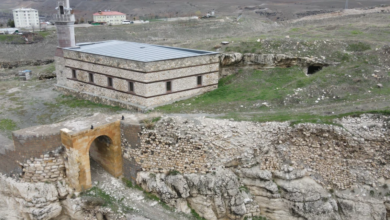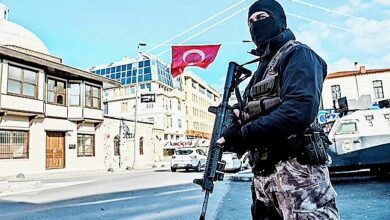Rituals of Imam Hussein (peace be upon him) in Turkey and Anatolia

Rituals of Imam Hussein (peace be upon him) in Turkey and Anatolia
———————————–
Mourning ceremonies for Imam Hussein (peace be upon him), known as Husayni rituals, reached their peak in Turkey and Anatolia during the second half of the 19th century. According to the Karbala International News Agency, the ceremonies were held in many cities, particularly along the western shores of the Caspian Sea.
The rituals were primarily limited to eulogies and elegies performed by religious chanters, often accompanied by chest-beating, weeping, and silent mourning. In Istanbul, processions were organized during Ashura, featuring chain-beating and a ritual known as “tatbir” (self-flagellation). In some areas, followers of the Bektashi order observed the mourning by fasting and asceticism.
Following the establishment of the modern Turkish Republic and the reforms of Atatürk, these ceremonies were banned in 1926, leading many Shiites to leave the region. Books and elegiac poems from this period, including works by Saadi Maddah and other prominent Anatolian poets, remain as a legacy of this spiritual tradition.






